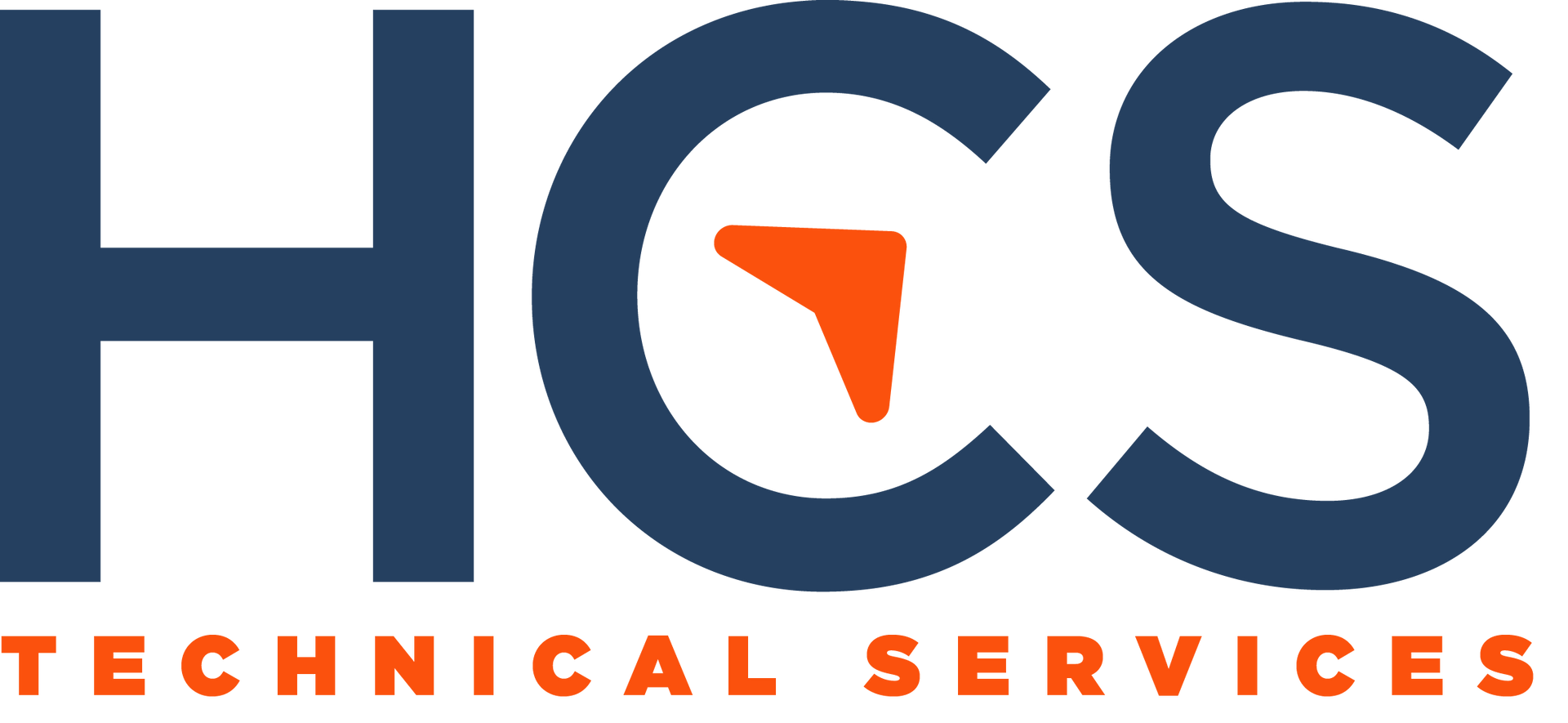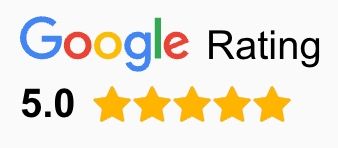How Can I Create an Effective IT Budget for My Small Business?
Master IT Financial Planning: Strategies for Crafting an Effective Budget for Your Small Business

Navigating the intricate landscape of IT budgeting is often daunting for small businesses. Misallocation of funds can lead to over-investment in non-essential areas while leaving vital segments like cybersecurity underfunded. This imbalance can result in financial turmoil and operational vulnerabilities. So, how can you budget like a pro and create a blueprint for IT financial excellence?
The Solution: Master the Art of Efficient IT Budgeting
The key to effective IT budgeting is to master the art of efficiency by prioritizing mission-critical needs and conducting regular budget audits. By focusing your resources on areas that directly support your business goals and regularly reviewing your spending, you can ensure that your IT budget is always aligned with your business's needs.
Actionable Tip: Create a Detailed IT Budget and Update It Regularly
To get started, create a detailed IT budget that outlines expenditures by department and need. This will give you a clear picture of where your money is going and help you identify areas where you may be overspending or underfunding. Once you've created your budget, make sure to update it quarterly and whenever significant changes occur in your business operations. This will help you stay on top of your spending and make adjustments as needed.
The Paramount Benefits of Strategic IT Budgeting
- Mitigated Risks: By adequately funding essential areas like cybersecurity, you minimize the risks of data breaches and subsequent financial losses. A well-funded IT security strategy is your first line of defense against costly cyber threats.
- Optimized Costs: Strategic budgeting helps to eliminate waste, directing funds where they will yield the highest returns. By prioritizing spending based on your business's unique needs, you can ensure that every dollar in your IT budget is working hard for you.
- Improved Operational Excellence: A balanced IT budget streamlines operations and contributes to overall business efficiency. When your technology is properly funded and maintained, your employees can work more productively, and your business can run more smoothly.
IT Budgeting is More Than Just Numbers
Understanding your IT budget is not merely a financial exercise; it's a cornerstone of operational excellence. By creating a strategic, well-balanced budget, you set your business up for success, both now and in the future.
Get Expert Help to Create Your Custom IT Budget
To ensure that your IT budget is expertly tailored to your business's unique needs, consider consulting with HCS Technical Services. Their experienced team can help you identify your priorities, allocate your resources effectively, and create a budget that supports your long-term business goals.
Creating an effective IT budget is essential for any small business looking to succeed in today's digital landscape. By mastering the art of efficient budgeting and prioritizing your spending based on your business's needs, you can ensure that your technology is always working for you, not against you. Start budgeting like a pro today and build a blueprint for IT financial excellence.
HCS Technical Services











